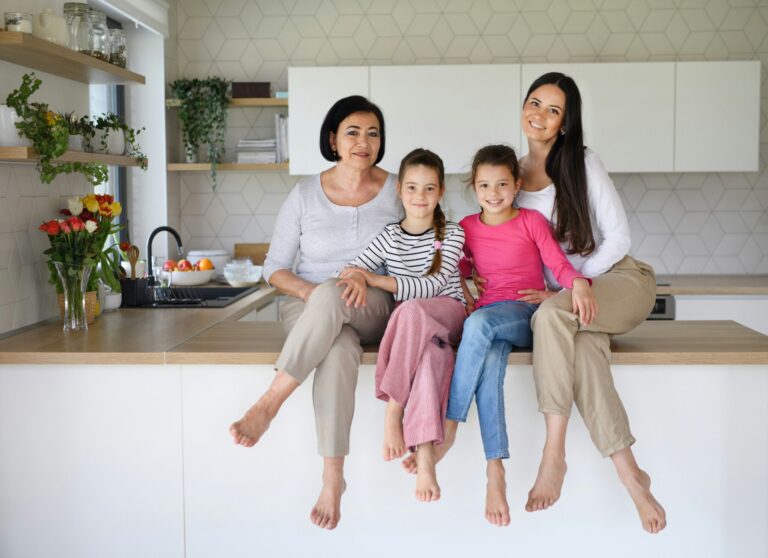On December 15, 2023, a report from the National Association of Home Builders (NAHB) revealed that multi-generational housing is becoming an increasingly popular choice for families seeking supportive and flexible living arrangements. This shift is being driven by families, developers, homebuilders, and architects, all responding to the growing need for homes that accommodate multiple generations living together under one roof.
A key moment in this trend was the development of new homes specifically designed for multi-generational living, featuring separate living areas, kitchens, and bathrooms. These designs provide a higher level of privacy and independence, while still allowing family members to live together. This style of home is particularly attractive to families who are caring for aging parents or adult children who have moved back home due to financial constraints, offering a flexible solution that can adapt to the changing needs of each generation.
As the costs of living continue to rise and housing affordability becomes an increasing concern, many families are finding it more practical to combine their living spaces, rather than each generation maintaining separate households. In these multi-generational homes, each generation can have its own private space, such as a suite or apartment within the home, while still maintaining the ability to share common areas. This setup provides the support system that many families are seeking while also fostering stronger family bonds.
The lasting impact of this trend is expected to reshape how residential homes are designed. Developers are increasingly focusing on creating flexible homes that can accommodate multi-generational living, incorporating features such as separate entrances, adaptable layouts, and multiple kitchens and bathrooms. These homes are not only responding to the immediate needs of families but also to long-term lifestyle changes, as families seek more versatile living arrangements that can grow with them.
Moreover, this trend could influence broader urban planning, as communities adapt to meet the needs of multi-generational households. We may see more developments and zoning changes that encourage the construction of homes designed to accommodate extended families. This approach could foster a more inclusive and collaborative way of living, where different generations are able to support each other under one roof, creating a more interconnected and supportive community structure.
In conclusion, the growing demand for multi-generational housing reflects a broader societal shift towards more flexible, supportive living arrangements. As families increasingly seek homes that can adapt to their changing needs, the housing market is evolving to offer solutions that provide both privacy and togetherness. Developers and architects are responding to this trend by designing homes that cater to the diverse needs of modern families, and this shift is likely to continue influencing home design and urban planning in the years ahead.
